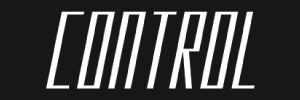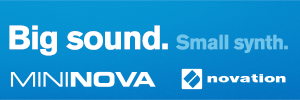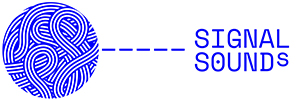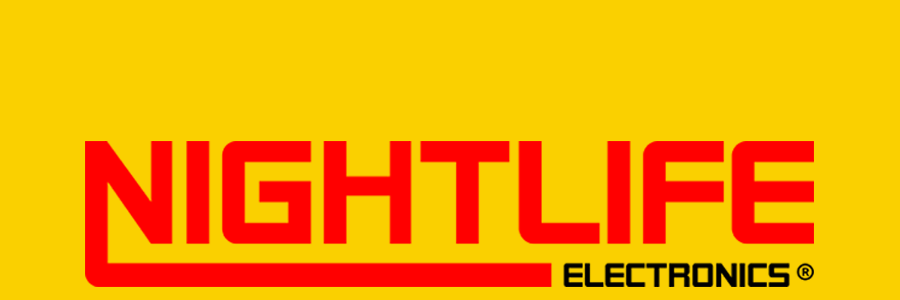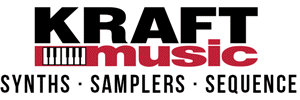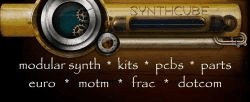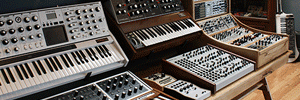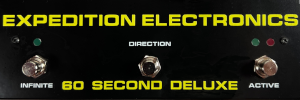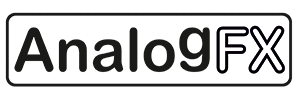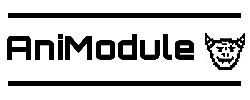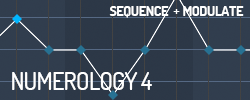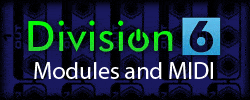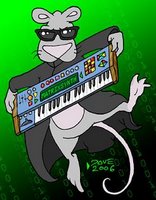
Showing posts with label Synth Trivia. Show all posts
Showing posts with label Synth Trivia. Show all posts
Tuesday, January 18, 2011
Malekko wiard borg bongo
YouTube via martinHETERJAG | January 18, 2011 |
"buchla style!
Have fun!"
Bit of useless trivia: I believe the bongo description came from Doktor Future in the comments of the very first Buchla posts here on MATRIXSYNTH.
Tuesday, September 07, 2010
DK SYNERGY II+ SYNTHESIZER, KAYPRO II & SYNHCS SOFTWARE
synergyII timbres Uploaded on Sep 5, 2010 xenmaster0
s 2 demo 1 441 final 320x240stream Uploaded on Sep 5, 2010 xenmaster0
Warning: this is a long post and can't be paged with the "click for more" link otherwise the videos will not load. Also, no time to parse the entire listing, so everything captured below for the archives.
"DIGITAL KEYBOARDS SYNERGY II+
WITH KAYPRO II & SYNHCS 3.182 PROGRAMMING SOFTWARE, 14 FLOPPY DISCS OF SYNERGY TIMBRES, and 3 SYNERGY ROM CARTRIDGES
Some of these Synergy voice banks were designed by Wendy Carlos, and all of 'em sound gorgeous.
The Synergy is based on the Bell Labs Digital Synthesizer designed by Hall Alles. The Bell Labs Digital Synthesizer used a remote computer to program the synth, with access by a different kind of port (RS-488 serial port, then common for programming lab equipment over a serial link). The remote computer at Bell Labs had to use software written by the composer (Laurie Spiegel, for example, whowrote programs on a DEC minicomputer in the then-new C programming language to control the Bell Labs Digital Synthesizer) to program the synth. When Digital Keyboards licensed the design of the Bell Labs Digital Synthesizer, they also built an 8-bit microcomputer that could program a version of the Synergy called the GDS.
When Kaypro started producing the Kaypro II CP/M computer in the early 1980s, Stony Stockell, the lead engineer on the Synergy synthesizer, saw an opportunity to replace the cumbersome General Development System with a cheaper setup for programming timbres on the Synergy, so he hired someone to write the Synergy Host Control Program in Z80 assembly language to program the Synergy using the Kaypro II instead of the S-100 buss IEEE 696 CP/M computer used with the GDS.
The general method of programming involves pressing a specific button on the front of the Synergy to access a given function, then typing in a value in the Kaypro II to adjust the synthesizer parameter. Once you get the sound you want, you save it on the Kaypro floppy disk as a single .VCE file. Then you can load the VCE file off the Kaypro floppy disk and send it to the Synergy to recreate that timbre whenever you want. The SYNHCS program lets you arrange timbres defined by VCE files into banks which get saved as a single large files called a .CRT files, so SYNHCS combines the functions of synth programming and a synth librarian (and remember that this was back in 1981-1982!).
MIDI became a big deal between 1981 and 1984, so Stockell retrofitted the Synergy synthesizer with an add-on circuit board that added full MIDI in and out capabilities. This was the Serial I/O board, which Crumar sold for owners of the original Synergy I synth to upgrade to a fully programmable Synergy II+ along with the SYNHCS software and the voice library discs and the Kaypro II. These new modified versions of the Synergy were called the Synergy II+. This Synergy II+ of course includes a MIDI IN and OUT port, along with the RS-232 serial port for programming the timbres via the Kaypro computer.
The last and most sophisticated version of the SYNHCS software was version 3.182, which is the version I'm including with this Synergy II+ synthesizer. To quote from the manual PRELIMINARY OPERATION OF THE SYNERGY II WITH COMPUTER, "The SYNHCS version 3.xx significantly extends the capabilities of the Synergy II+ synthesizer even beyond the original General Development System." Yes, this combination of the Kaypro II plus null modem cable plus Synergy II+ plus the final SYNHCS version from 1985 gives you more abilities than Wendy Carlos had when she programmed the Synergy voices for her albums Digital Moonscapes and Beauty In the Beast.
Monday, July 13, 2009
SY MANN - SWITCHED ON SANTA - Tijuana Christmas (1970)
YouTube via cosmocorps2000.
Don't miss the kawazy vid below. "SY MANN showed his earliest musical talent at age 6 when he began to correct mistakes, made by his older sister who was then a cello student, by reaching up to the keyboard of the family player-piano and striking the "right notes". His parents took him to a piano instructor when he was 7 and in a short time it was discovered that he possessed absolute pitch. During public school assemblies he gave demonstrations of this phenomenon to the applause and wonder of his classmates and teachers. He continued his music education at NYU. Excelling in his music studies, Sy was elected to membership in the National Honorary music fraternity, PHI MU ALPHA SINFONIA and, later, held the post of student president of the music department of NYU School of Education. Back in civilian life after almost 4 years of service, Sy returned to NYU for his B.S. degree in Music Education, now a married man and father of a baby boy. Not particularly desirous of entering the teaching field, Sy continued with performing engagements, playing for most of show business' top acts as well as stints with the bands of Alvino Ray and Benny Goodman. In 1949 he entered the radio field as staff pianist and arranger for New York's top independent station WNEW. He then established himself in the recording, jingle and film music fields. In 1954 he joined the CBS music staff and currently is pianist-arranger on the Arthur Godfrey Show where he doubles on trumpet, vibraphone, clavietta, electric harpsichord and other assorted keyboard instruments. He has contributed his talents to numerous stars like Barbra Streisand, Tiny Tim, Sammy Davis, Connie Francis. Anybody who plays piano can play The Moog Synthesizer. It is a computer like instrument with a piano keyboard. Since only one note sounds at a time to make music one needs a multi-track tape recorder to record each line of music separately. An electronic engineer is needed not only for the circuitry but also to program the millions of different sound combinations available — also each time the sound is changed The Moog has to be tuned! It takes about one hour of recording time to produce 30 seconds of listenable music. In this album Sy takes the Moog Synthesizer and creates today's electronic Christmas tree out of this new musical wonder. The Moog, a strange machine of lights, cords, inputs and outputs enters the festive world of the merriest season of all. It's a wonderful gift for today's caroleers. Sy Mann giftwraps all your Christmas favorites in the most exciting musical sound, and puts them under your glittering tree. Gift tagged to read 'Merry Christmas from The Moog!'"
SY MANN - SWITCHED ON SANTA - My Favorite Things (1970)
"MUSIC: Sy Mann - My Favorite Things from the album SWITCHED ON SANTA! (1970) One of this numerous Moog records from the past. Now the Moog plays popular xmas songs VIDEO: Scenes from Tales From The Crypt (GB 1972) Episode: All Through The House Starring Joan Collins After Joanne Clayton (Joan Collins) kills her husband on Christmas Eve, she prepares to hide his body but hears a radio announcement stating that a homicidal maniac (Oliver MacGreevy) is on the loose. She sees the maniac outside her house but can't call the police because of her husband's body. The segment ends with the maniac, dressed as Santa Claus, being let into the house by Joanne's little daughter. He strangles Joanne to death. (from Wikipedia)."
Update via Mal in the comments: "This was recorded in Jean-Jacques Perrey's Recording studio in Manhattan using his (and Gershon Kingsley's) moog modular. Jean-jacques engineered the album (uncredited) and I also believe that manny of the tracks were actually arranged and recorded by him. Also... Santa on the front cover is in fact Jean-Jacques Perrey!!!"
Wednesday, December 26, 2007
Useless but Interesting Bit of Trivia
 Note the placement of the names Dave Smith and RogerLinn in the top two renderings for the LinnDrum II Analog. The third shot is the LinnDrum II Digital (minus the analog engine from Dave Smith). The top image is the official from the DSI website. The bottom two are from this post.
Note the placement of the names Dave Smith and RogerLinn in the top two renderings for the LinnDrum II Analog. The third shot is the LinnDrum II Digital (minus the analog engine from Dave Smith). The top image is the official from the DSI website. The bottom two are from this post.
PREVIOUS PAGE
NEXT PAGE
HOME
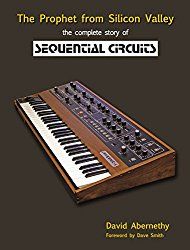
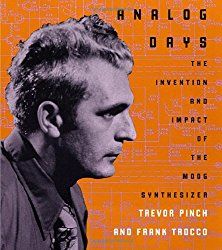
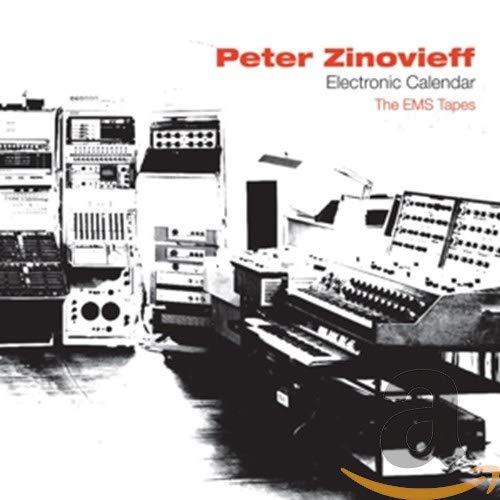
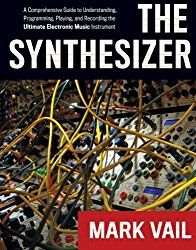
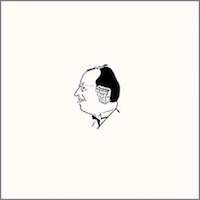
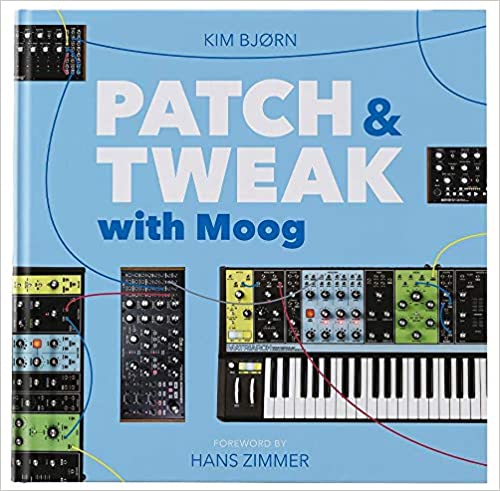
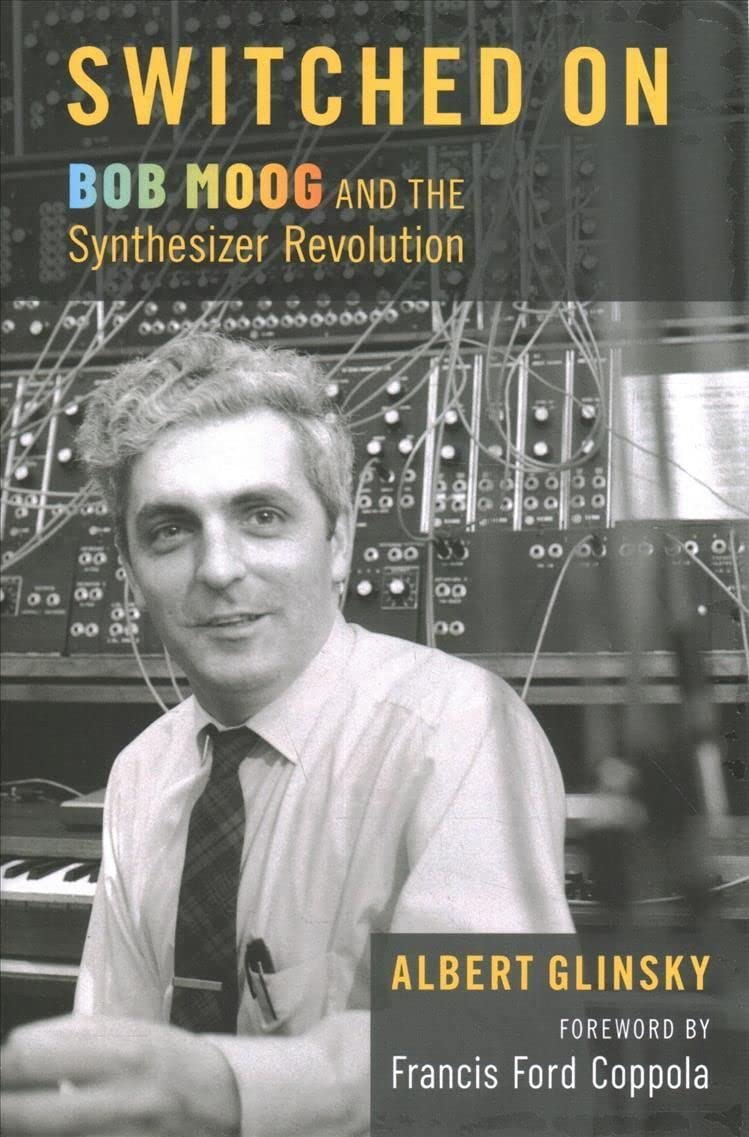
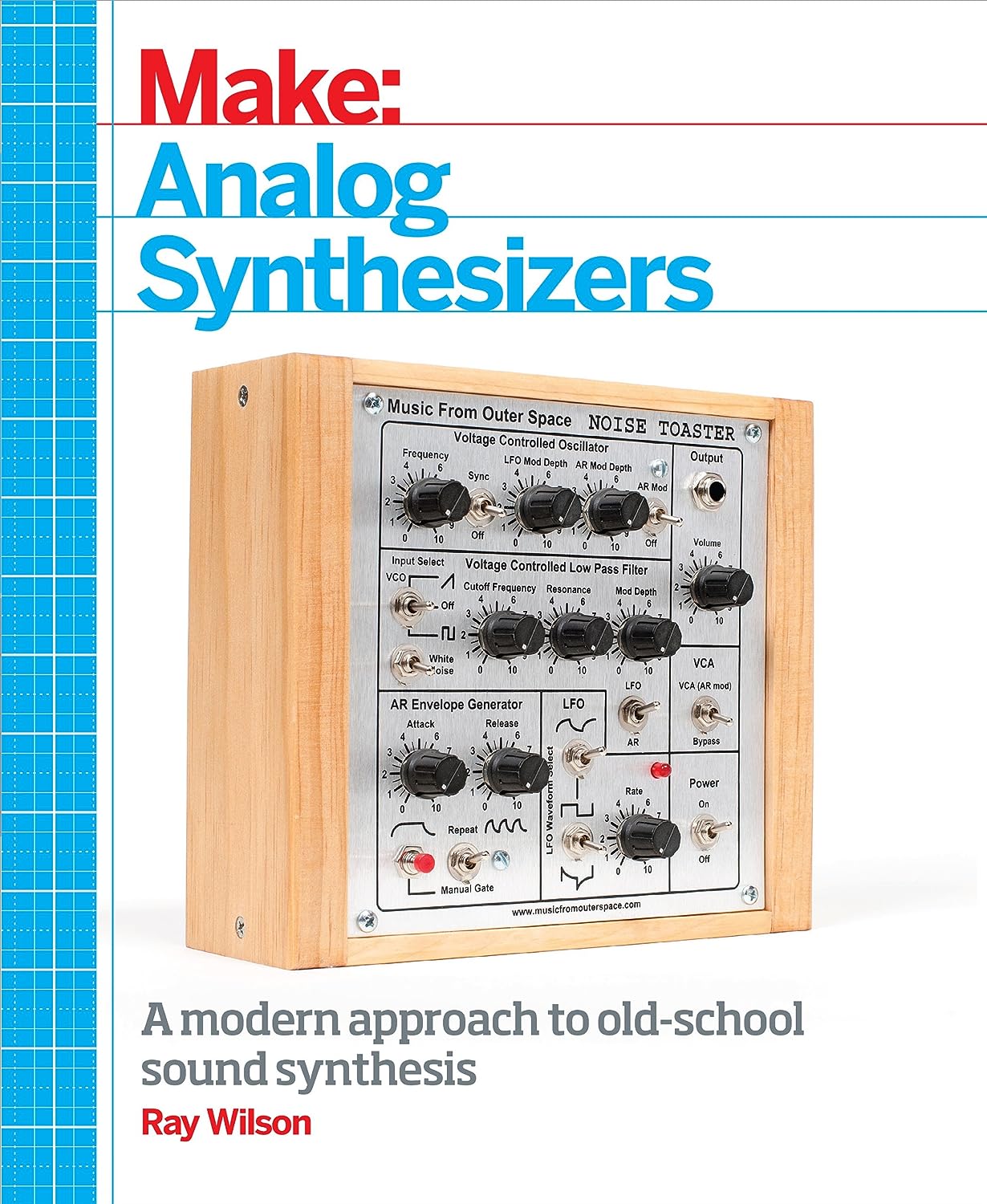
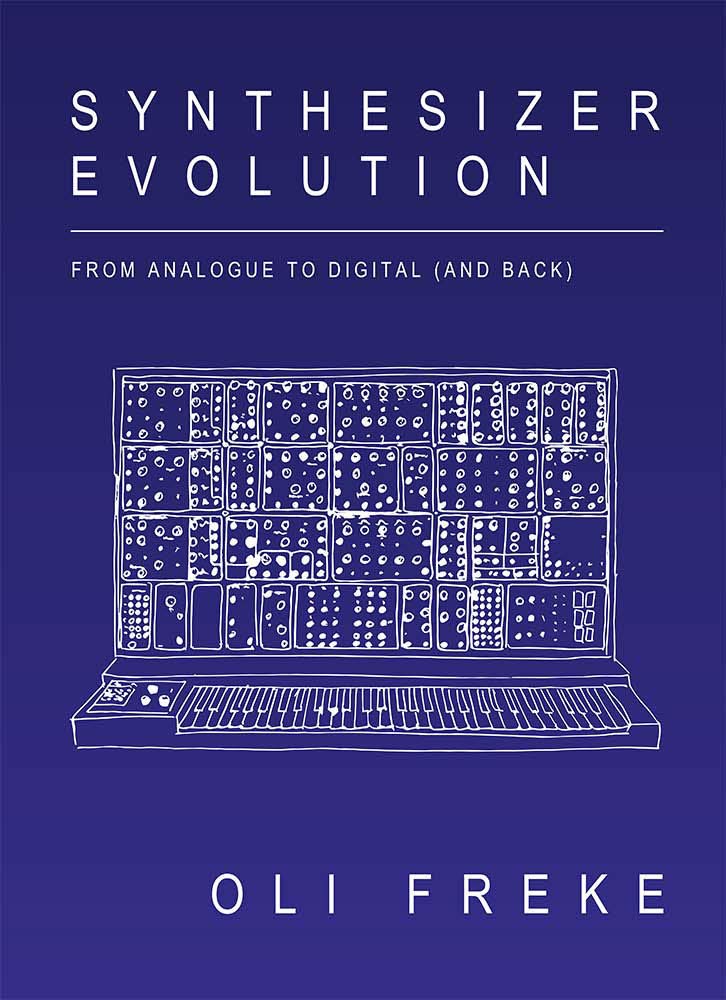
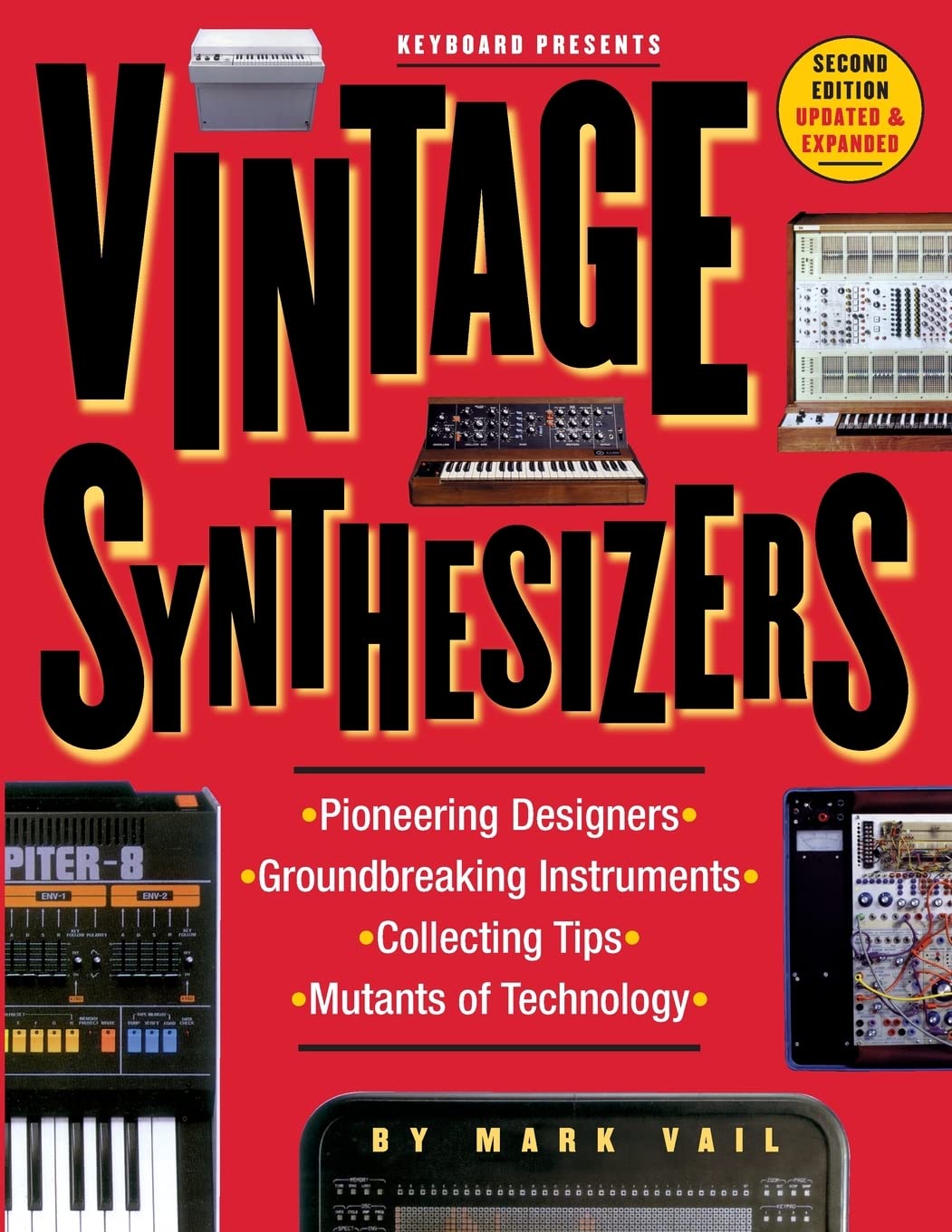
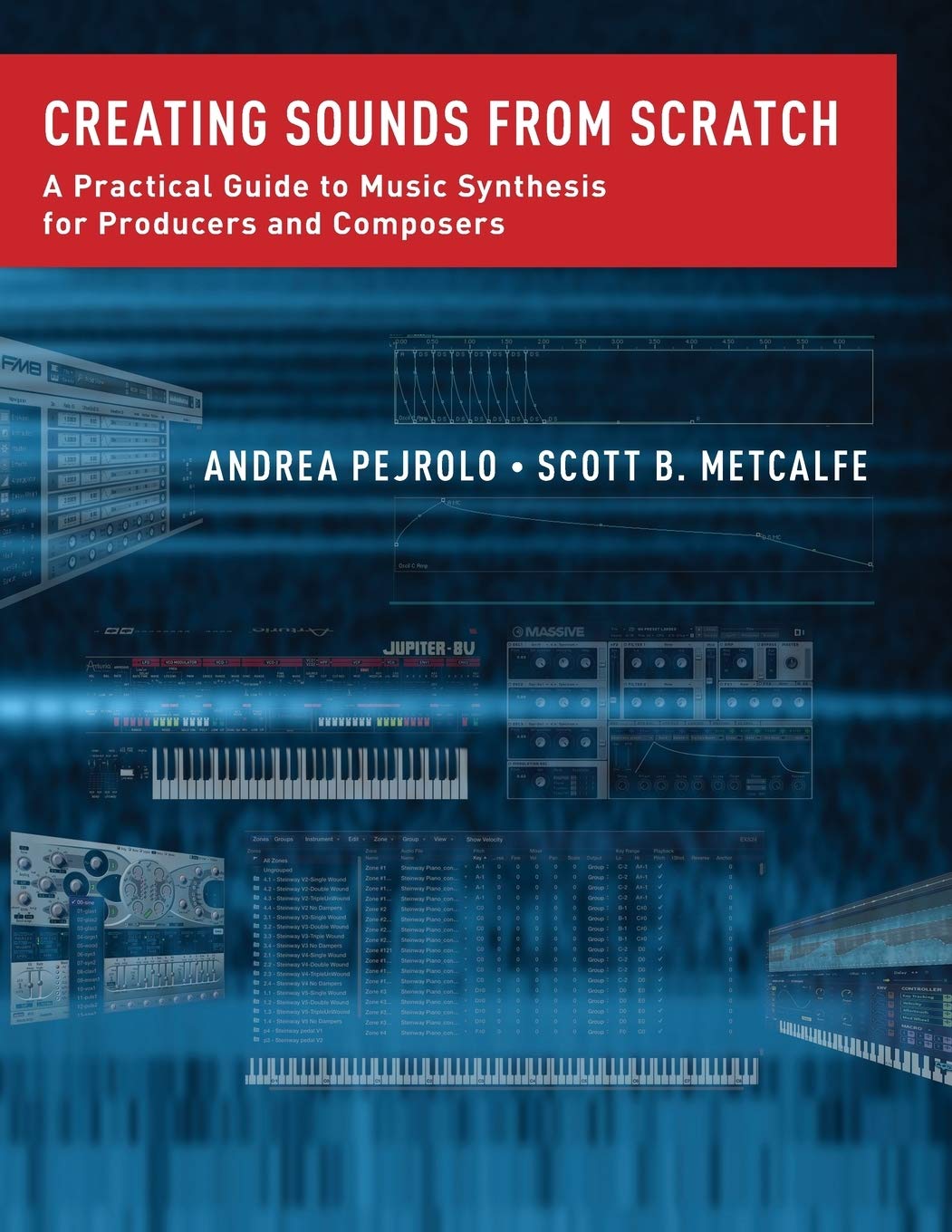
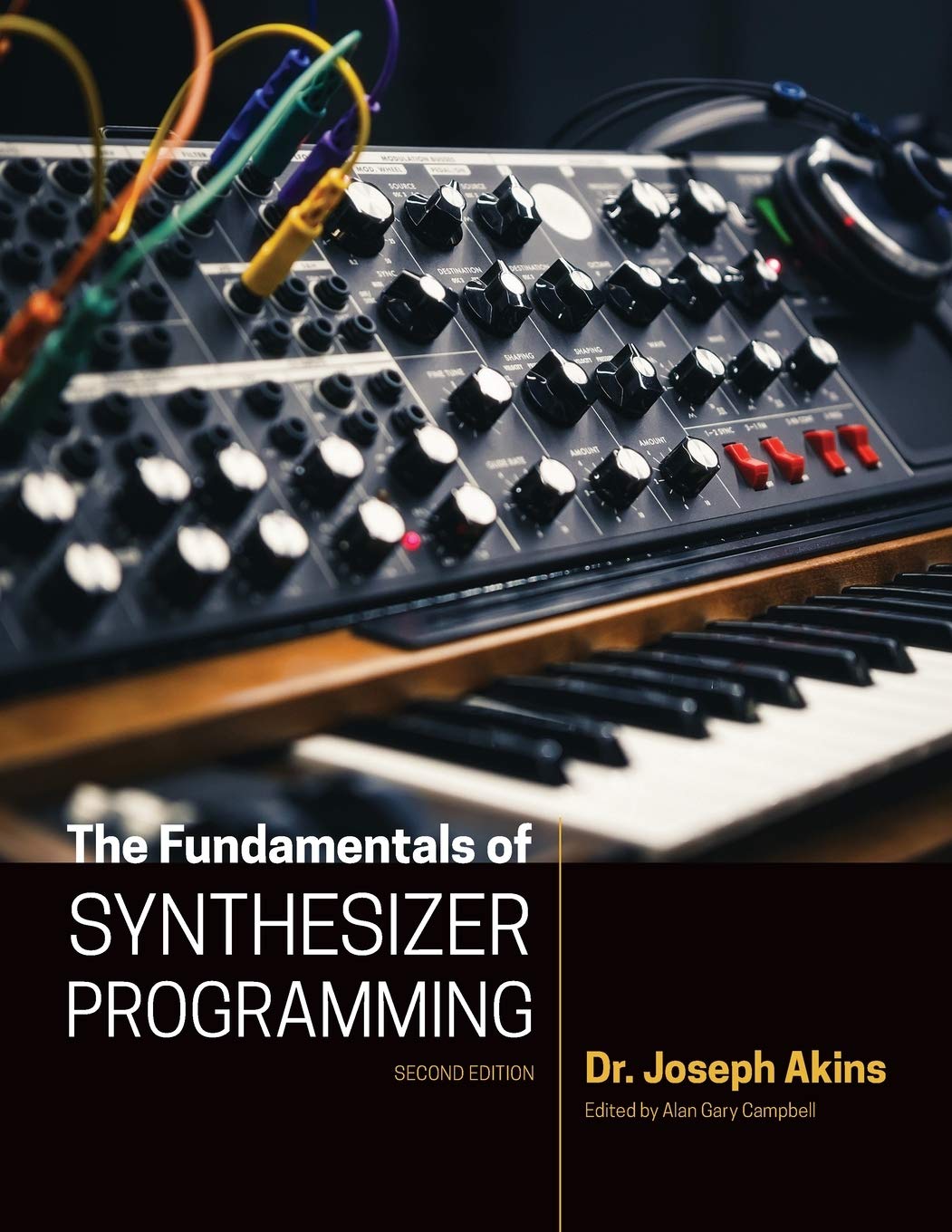
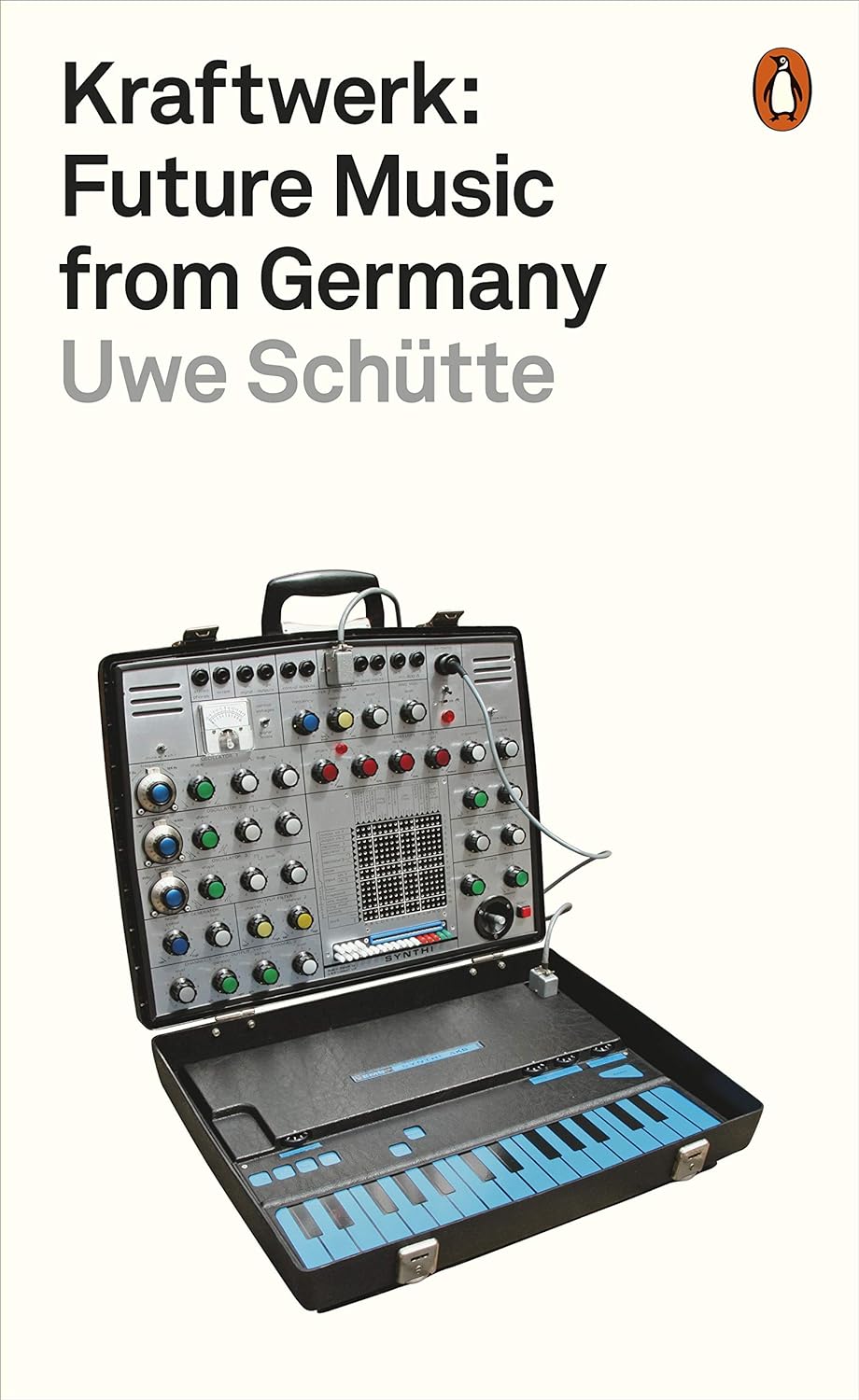
© Matrixsynth - All posts are presented here for informative, historical and educative purposes as applicable within fair use.
MATRIXSYNTH is supported by affiliate links that use cookies to track clickthroughs and sales. See the privacy policy for details.
MATRIXSYNTH - EVERYTHING SYNTH













© Matrixsynth - All posts are presented here for informative, historical and educative purposes as applicable within fair use.
MATRIXSYNTH is supported by affiliate links that use cookies to track clickthroughs and sales. See the privacy policy for details.
MATRIXSYNTH - EVERYTHING SYNTH
